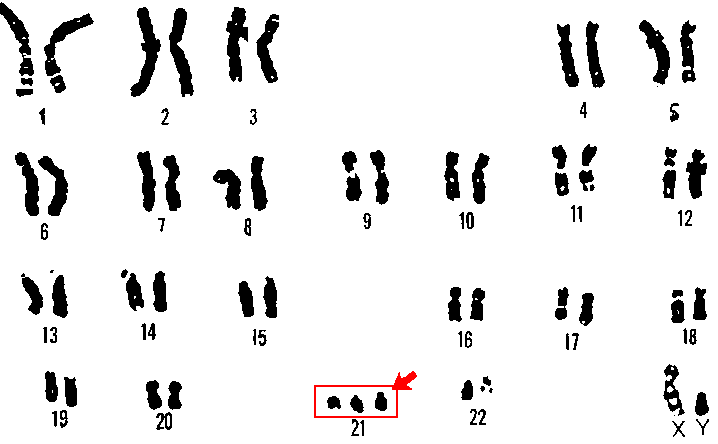Noninvasive genotyping
Noninvasive genotyping is a modern technique for obtaining DNA for genotyping that is characterized by the indirect sampling of specimen, not requiring harm to, handling of, or even the presence of the organism of interest. Beginning in the early 1990s, with the advent of
Conservation
In conservation, noninvasive genotyping is an important part of implementing the 3Rs principles.[2][3] Modern DNA amplification methods allow researchers to use a variety of animal material collected in the field, including feces,[4][5] hair,[6] and feathers,[7] to gain insights into effective population size, gene flow, and hybridization.[8] Despite the potential that noninvasive genotyping has in conservation genetics efforts, it is still not broadly used,[9] potentially due to problems with degradation, contamination or a lower DNA quality in comparison with blood or tissue samples. However, optimized laboratory protocols and specialized extraction kits can help overcome these issues.[10][11]
Medicine
Fetal Genotyping
The most common use of noninvasive genotyping in medicine is
Tumor detection
This same technique is also utilized to identify the incidence of tumor DNA in the blood, which can both provide early detection of tumor growth and indicate relapse in cancer. Circulating tumor DNA can be found in the blood before metastasis occurs and, therefore, detection of certain mutant alleles may enhance survival rates in cancer patients.[15][16] In a recent study, ctDNA was shown to be "a broadly applicable, sensitive, and specific biomarker that can be used for a variety of clinical and research purposes in patients with multiple different types of cancer".[17] This technique is often referred to as a liquid biopsy, and has not been widely implemented in clinical settings although its impact could be quite large.[18] Although blood-borne ctDNA remains the most clinically significant noninvasive cancer detection, other studies have emerged that investigate other potential methods, including detection of colorectal cancer via fecal samples.[19]
Methods
The method by which samples are collected in noninvasive genotyping is what separates the technique from traditional genotyping, and there are a number of ways that this is accomplished. In the field, procured samples of tissue are captured, the tissue is dissolved, and the DNA is
References
- ISBN 978-0-19-514889-3.
- S2CID 216291100.
- ^ Zemanova MA (2023-11-30). "The 3Rs Principles in Wildlife Research".
- PMID 21054605.
- S2CID 255792923.
- PMID 32551045.
- S2CID 255785768.
- PMID 30026800.
- ISSN 2534-9260.
- PMID 26244114.
- S2CID 218624561.
- PMID 22763444.
- PMID 19060211.
- ^ "NIFTY test methodology and sequencing technology". The NIFTY™ Test - A Non-Invasive Prenatal Test Brought To By BGI Diagnostics. Retrieved 2017-04-10.
- ISSN 0006-4971.
- PMID 26774880.
- PMID 24553385.
- ^ Standaert M. "Blood Test for Early Cancer Detection". MIT Technology Review. Archived from the original on 8 September 2018. Retrieved 2017-04-10.
- PMID 14767578.
- PMID 24294115.

